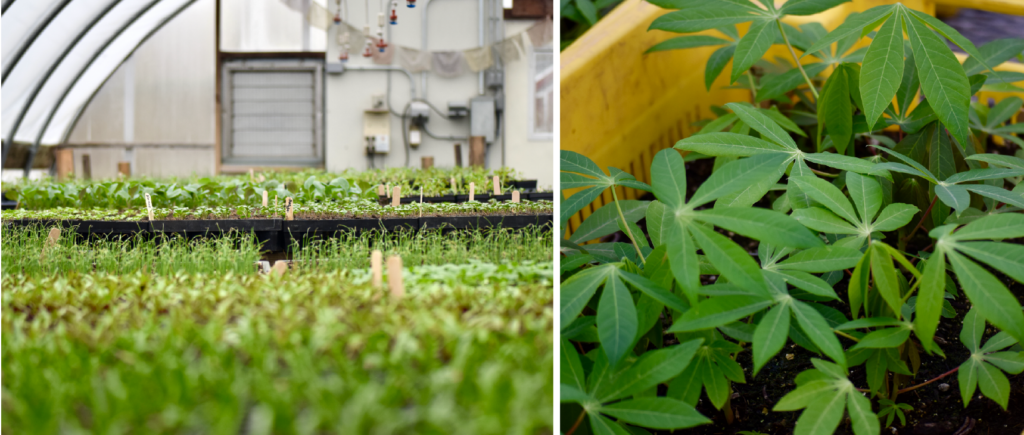Making a Good Plan

A question I am frequently asked come November is, “What do you do in the winter as a farmer?”
One of the primary focuses during these cold, dark months is crop planning. Although the bulk of the crop planning work takes place in December and January, the process is unending and involves observing, reflecting, note-taking, and being in relation with the living world around you every month of the year.
In our winter newsletter, I wrote about the logistics of creating Gaining Ground’s annual crop plan, but what actually makes a good crop plan?

The plan should work with nature by optimizing photosynthesis and growth and prioritizing diversity. As stewards of land we want to strive to keep the soil covered with as many living plants as possible, because that is what feeds all the microbial life in the soil. Each year we need to rotate our heavier feeding crops like our alliums (onions, garlic), solanaceae (tomatoes, peppers) and our cucurbits (cucumbers, squashes) so that we balance nutrient uptake. The bed preparation, planting, cultivating, watering, and harvesting must be manageable for the team of people working the land. We’ve found that 30 beds is the most we can realistically prepare each week. And, ultimately, a good crop plan has an even flow of harvests that can be distributed weekly with the vegetables the consumers want and can use in a week’s time.
After all is calculated, planned, and mapped, a good plan must be accompanied by a flexible farmer who is willing to change when the factors out of their control come into play. Climate change is happening and, as we learned in 2021, there are times where a field might just not be able to produce due to being under water. As farmers, we are forever subject to changes in weather, pest and disease pressure, and team and resource availability, but with a strategic plan that works with nature we can give ourselves and the biodiversity around us the best chance to thrive.

For 2023, we have made a few changes to the crop plan. We will be growing more spinach, okra, hot peppers, cantaloupe, and tatsoi, to name a few. At the same time, we are planning to reduce our mustard greens and kohlrabi because they are not as popular with some of our partners. A few brand new crops for us will be yuca (also known as cassava), delicata squash, microgreens, blueberries, and a small amount of flour corn in our three-sisters garden. Some of our biggest challenges are growing eggplant and cucumbers, due to certain pests and the difficulty we face in our small agricultural footprint to rotate these crops very far from where they’ve previously grown. We are going to plant them this year in our north fields across the tree line to see if they will do better.
There are many important variables to consider when making a crop plan, some of which are in our control and some are not, but the idea is to set our future selves up for success!
You can come check out our crop plan in action now—we sowed the first seeds of the season in the ground in March. We look forward to farming with you all season long!